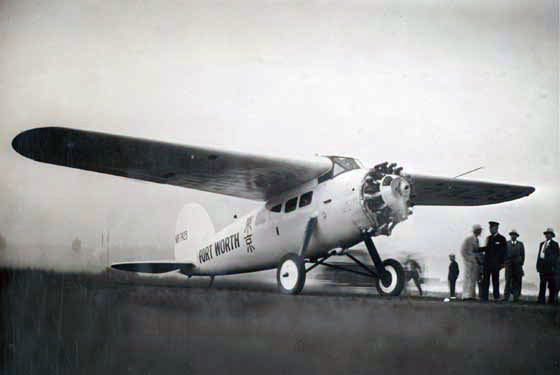Crash of a Lockheed 18-56-23 LodeStar in Roanoke: 3 killed
Date & Time:
Jul 9, 1949
Registration:
NC10000
Survivors:
Yes
Schedule:
Chicago – Saint Louis
MSN:
18-2569
YOM:
1943
Crew on board:
2
Crew fatalities:
Pax on board:
2
Pax fatalities:
Other fatalities:
Total fatalities:
3
Circumstances:
The twin engine aircraft was performing an executive flight from Chicago to Saint Louis, carrying two members of the board of Fairbanks-Morse & Company and two pilots. En route, the crew encountered technical problems with an engine and reduced his altitude in an attempt to make an emergency landing. Unfortunately, the aircraft went out of control and crashed in flames in a cornfield located 1 mile west of Roanoke. Both pilots Jack Hadden and Elmer West and the passenger Charles H. Morse III were killed while the second passenger W. E. Watson was injured.
Probable cause:
Engine failure.







